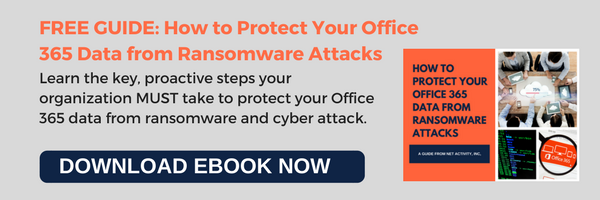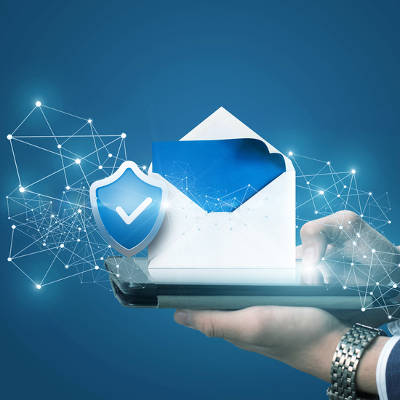Get Better at Managing Your Mobile Data
You may not think much about managing mobile data, but if your business routinely transmits sensitive data over the Internet, you should. Today, businesses of all types are using the Internet as a tool to drive their sales and marketing processes, but they don’t often consider the threats that come in when they use it for productivity. Let’s take a look at what a Mobile Information Management solution is, and how to leverage it for your business.
What is Mobile Information Management?
Mobile Information Management (MIM) is a security strategy that keeps sensitive data encrypted regardless of what mobile platform is used to disseminate it. It does this by only allowing approved applications access to the information. Often deployed in enterprise situations, smaller businesses may need to alter their expectations of the system to ensure that it falls inside their budget constraints.
The main draw is extending the breadth of your organization’s security for mobile. Since more is done on mobile devices than ever before, having a strategy in place that works to standardize access to data can work wonders in keeping sensitive information from being intercepted or stolen outright.
Mobile Information Management is typically just a part of an overarching mobile security policy. Working with your mobile device management policy, and a dedicated mobile application management policy, MIM adds an additional layer of security that isn’t typically considered, but is needed to protect your endpoints and sensitive data.
Some Useful Mobile Security Tips
To control your company’s security information that is transmitted over mobile platforms you need to adhere to solid data practices that include:
- Regular backup – Increasingly, mobile data is targeted by hackers. Between the seemingly endless stream of phishing attacks, the existence of ransomware, and other threats, data is at risk. By keeping data backed up, it ensures that the negative situations caused by a data breach don’t include losing data.
- Use mobile device management – Mobile device management is a practical-enough solution that it can handle the administration of data on mobile devices. Using your MDM to control access, manage data and applications, and monitor your staff’s mobile interactions with your company can bring a great deal of benefit to your business.
- Restrict access – One of the best ways you can control your data is to have some very specific use-case restrictions on it. By controlling who can access what through which applications, you reduce the risk of a data breach exponentially.
- Audit your mobile security – To ascertain how your solutions work to secure your data and infrastructure, you need to ensure that all security tools are running and working as intended.
Mobile data can be some of the most useful data, but if it isn’t secured, it can be a real problem. Call Net Activity today to talk about how we can help you secure your mobile data systems at 216-503-5150.















